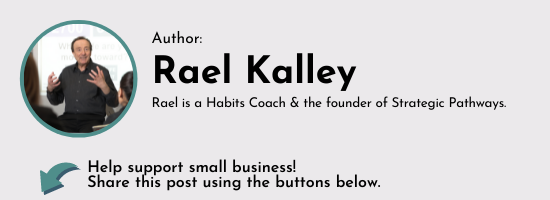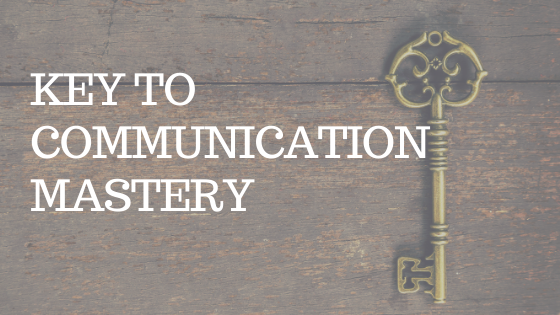“Seeing is believing.”
“It’s not what you say, it’s how you say it.”
“Actions speak louder than words.”
We are all familiar with the above quotes. They have crept into our everyday usage and are frequently called upon when we attempt to explain the differences between language used and behavior demonstrated.
Those quotes were given heightened credence several decades back when Alberto Mehrabian, shared with the world his communication theory which stated that, in terms of how we are impacted by communication, only 7% comes from the content – the words used, 38% is from voice tone with the remaining 55% being delivered by body language.
Of course, his theory, like all theories, has both supporters and detractors but I am sure that few would disagree that words alone do not convey much in the way of impact and, in the absence of tone and body language from others – i.e. written words, we insert our own.
The question is not so much how much we are impacted by things other than words, but rather how much we lose in communication by being oblivious to most of the tonal changes and shifting body language presented to us that we miss completely.
Communication experts talk extensively of minimal cues – the myriad shifting of expressions, body position and gestures as well as voluntary and involuntary micro-expressions. These, they tell us, are the vital clues we unwittingly share with all that tell the world how we really feel.
These experts also tell us that when there is incongruence between words and behavior, the truth, most often, is revealed in the behavior and not in the words.
And yet, these experts remind us that our secrets are safely stored within us as few people will even notice the many clues we provide them.
There is a requisite skill that master communicators have spent months – even years – developing and without which we will remain oblivious to the mountains of information others share with us about themselves.
In the lexicon of NLP – Neuro Linguistic Programming – Sensory Acuity is the practiced ability to use our senses to be consciously aware of all of the data being live-streamed to us.
This advanced level of awareness is something that cannot be taught and yet, must be learned. If it is true that only perfect practice makes perfect, then perfecting these detection skills becomes our first task on the path to communication mastery.
We are generally aware of macro behaviors. Angry gestures, loud voices, facial expressions which guide us to a conclusion of someone’s emotional state. Contained within all those large and loud observable behaviors may well be a multitude of micro clues that, if seen and evaluated by us, could well provide the signs necessary to best advance each communication to a beneficial outcome.
And being able to develop that awareness – that level of sensory acuity – is the very skill that, as mentioned above, cannot be taught and yet, must be learned.
If becoming a more effective communicator and growing your personal and professional relationships is your goal, I can help. Call 403 802 3477 or send us a note to tellmemore@strategicpathways.net
We’d love to hear from you.
Till we read again.


